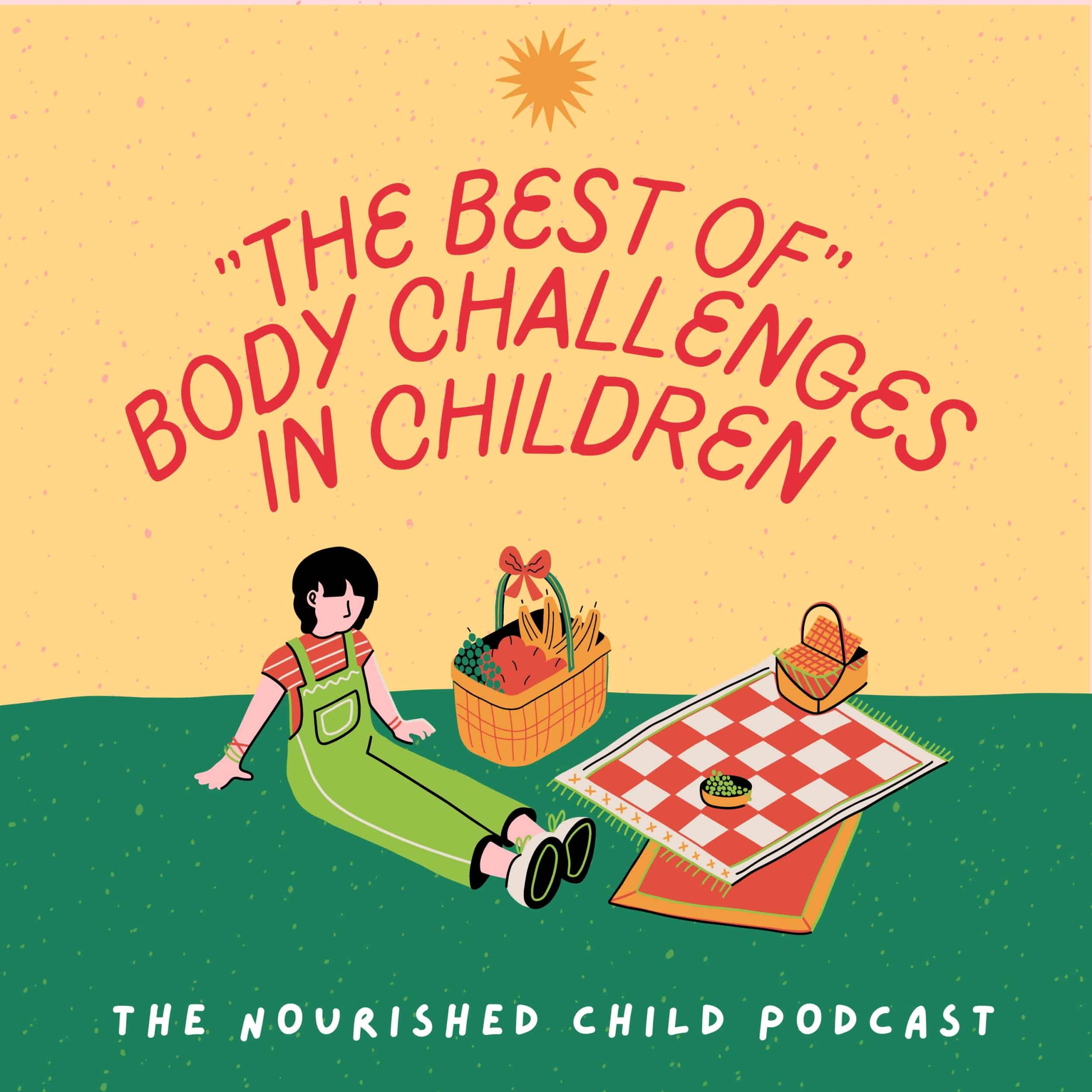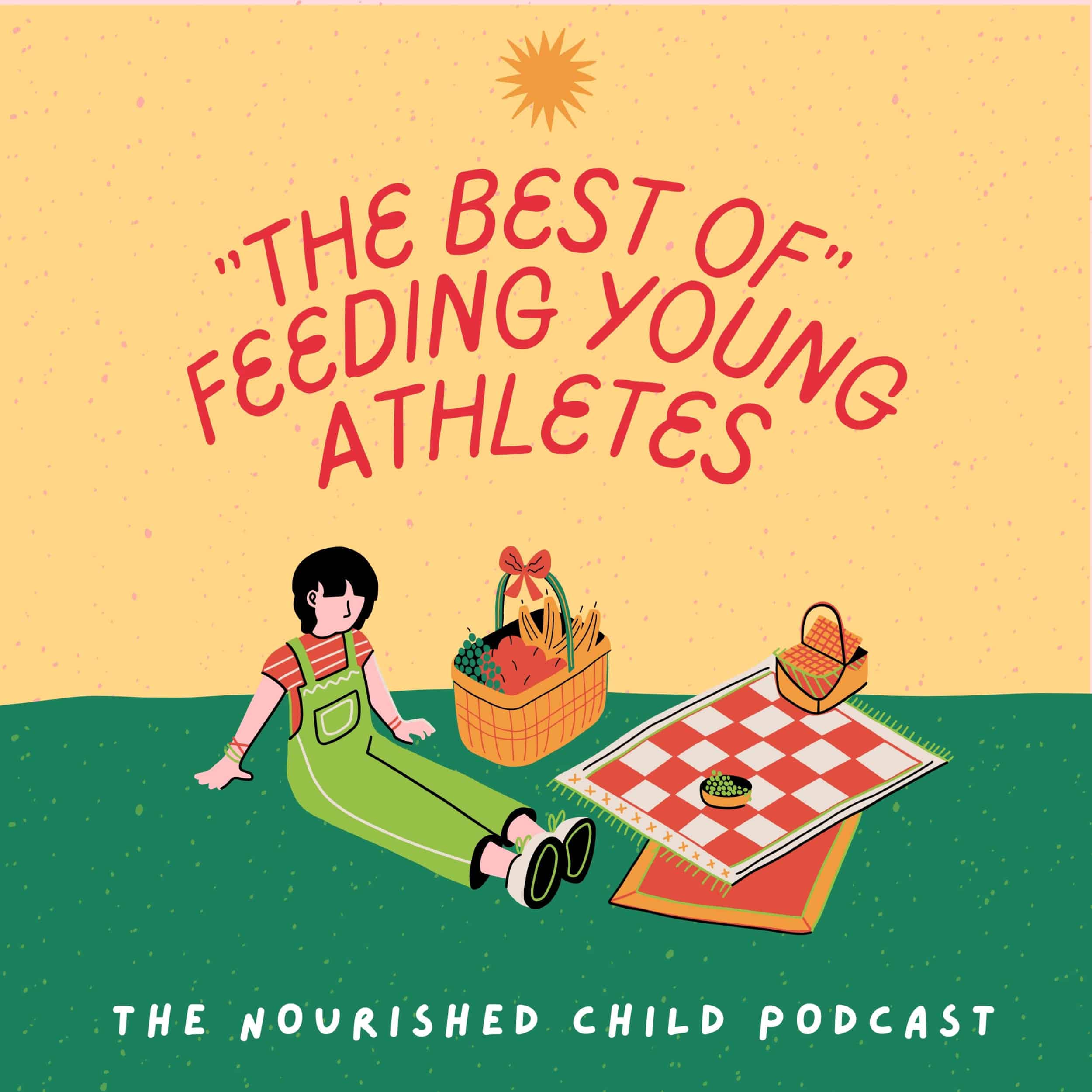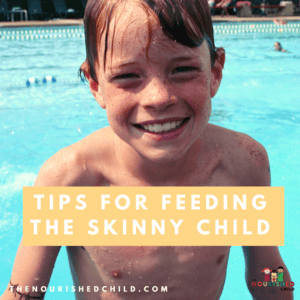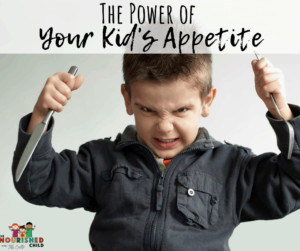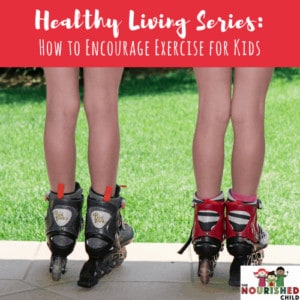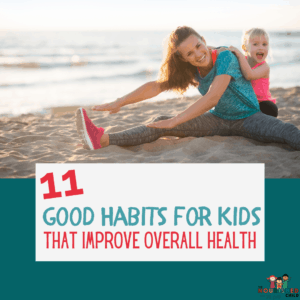Guide to Intuitive Eating for Kids
August 5, 2022
You may have heard the buzz about Intuitive Eating and want to know what it’s all about. Learn how this non-restrictive approach to eating works for kids and teens!
Eating is instinctual for babies and toddlers.
They cry when hungry and turn away from food when they’ve had enough to eat.
But unfortunately, somewhere along the line, those instincts can get lost unless kids are encouraged to trust their body’s signals.
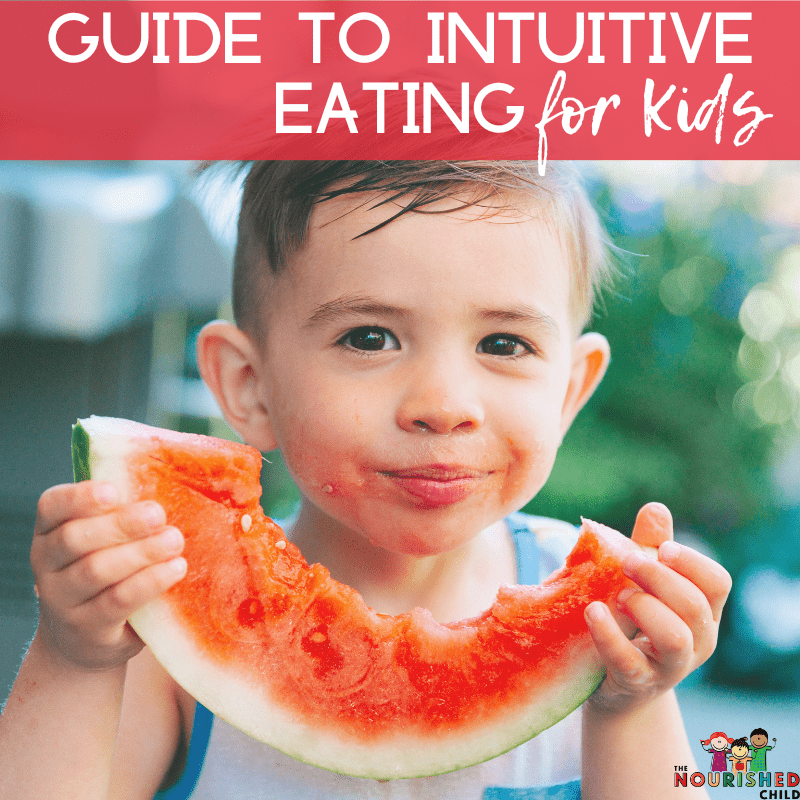
Intuitive Eating is a non-diet approach that encourages eating according to your appetite.
Do you mean let kids eat whatever and whenever they want? Wouldn’t they only want junk food?
What if it’s not healthy? What if it’s not enough food? What if it’s too much food?
Unfortunately, there’s a lot of misinformation about Intuitive Eating on social media.
It’s not a weight-loss diet. And, no–it doesn’t mean the snack cabinet is a free-for-all buffet either.
Keep reading to learn what Intuitive Eating is and how it can work for kids and teens.
What Is Intuitive Eating?
The original concept of Intuitive Eating was a book by two Registered Dietitians.
They devised ten principles to help adults heal their relationship with food.
Their eating approach teaches people how to use their body’s natural instincts to regulate how much food they eat, rather than following a diet to control portions.
Eating intuitively means working with your body and brain to tune into your hunger and fullness signals.
When you listen to your body’s signals, you learn to trust that your body knows how much food it needs.
If you get good at listening to your body, you’ll know how certain foods make you feel. And eventually, you’ll crave foods that give you lasting energy instead of a quick sugar fix.
So, it doesn’t encourage eating as much junk food as you want.
How do you know if you’re actually hungry?
Intuitive Eating Hunger Scale
Intuitive Eating encourages you to eat when you’re hungry and stop when you’re satisfied (just before you are full).
And the hunger scale is a tool that helps you rate your hunger on a scale of 1 to 10. 1 = painfully hungry and 10 = painfully full.
There’s no right or wrong number to be.
It’s just a tool that helps you to connect to how you feel before and after you eat.
What Are the Benefits of Intuitive Eating?
As a nutrition expert, one of the most common questions I get about Intuitive Eating is, “does it work?”
A positive food environment helps kids maintain a healthy connection to their body’s signals and to trust their body’s needs.
And that has many benefits for the health and wellbeing of kids and teens.
Here are some of the science-backed benefits of Intuitive Eating.
- Positive body image
- Lower risk of eating disorders
- Healthier food choices
- Improved mood and wellbeing
A 2020 study followed male and female adolescents into adulthood.
The intuitive eaters were less likely to have depression, low self-esteem, and body dissatisfaction.
These young adults were also less likely to engage in unhealthy weight control behaviors, such as using laxatives, fasting, fad diets, diet pills, or vomiting.
One of the greatest benefits of Intuitive Eating is that it could lower the odds of an eating disorder, especially binge eating.
In that same study, intuitive eaters had a 74% less chance of binge-eating.
How to Raise Intuitive Eaters
Young kids start out more in touch with their hunger.
But children live in the same diet-centered environment as adults do.
They get the message that certain foods and amounts of food are “good” or “bad” from social media, school health class, and parents.
A parent’s feeding style plays a significant role in their child’s relationship with food.
Feeding practices like pressuring kids to eat, negative comments about weight and food, food rewards, and food restriction cause kids to stop trusting their body’s signals.
As a result, it can lead to a negative relationship with food, diet/weight cycling, and an increased risk of eating disorders.
Feed your child with love and limits with a few strategies that encourage kids and teens to trust their bodies.
Start early with responsive feeding
Bottle feeding schedules can override a baby’s appetite and even fullness. Kids learn to eat when it’s time to eat rather than when they’re hungry.
You can still feed babies and kids on a schedule while learning to pick up on the signs that they’re hungry or done eating with responsive feeding techniques.
Don’t restrict food or force kids to eat
Use Ellyn Satter’s Division of Responsibility. According to this practice, kids are responsible for how much they eat.
And parents are responsible for when and what kids eat.
Serve meals family-style
Instead of portioning food onto plates, serve family-style meals on platters.
Allow kids to select their own portions and take seconds if they’re still hungry.
Don’t make negative comments about food
Negative comments about weight and food change how kids eat and feel about their bodies.
Criticizing what and how much kids eat can lead to secret eating or emotional eating.
Eat intuitively
In one study, parents who don’t eat for physical hunger were more likely to restrict food if they were concerned about their child’s weight than the other parents.
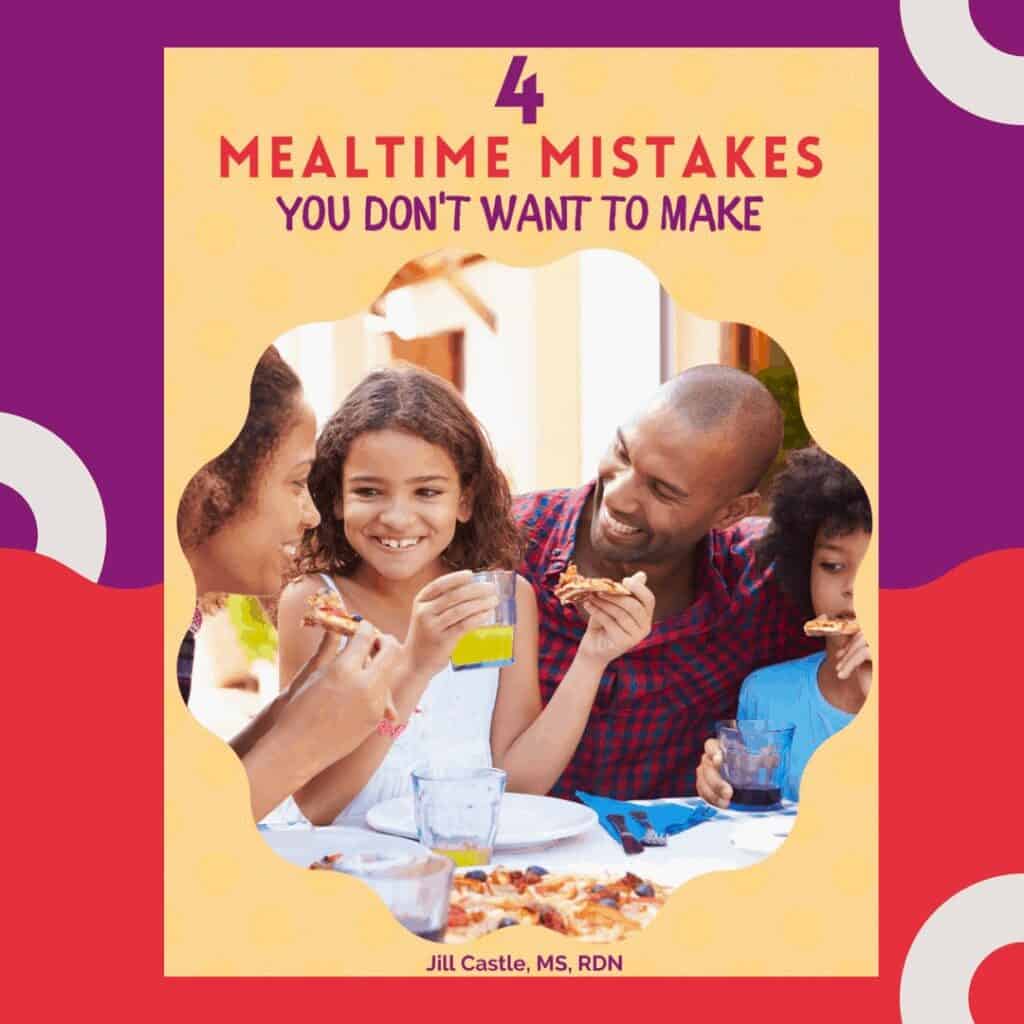
Send Me The 4 Mealtime Mistakes!
Final Thoughts about Intuitive Eating for Children
I’m all for routines, guidelines, and schedules for kids.
But, you don’t have to choose between eating in response to hunger and providing the structure kids need for healthy development.
Instead, you can encourage Intuitive Eating by allowing your child to decide how much food he needs during meal and snack time.
Remember, appetites fluctuate because of growth spurts, sports, gender, and stage of development.
So, my best advice to parents is to trust their child’s appetite.
When you show your child that it’s okay to trust his body, he’ll have a better chance of growing up with a positive body image and a healthy relationship with food.
What’s a positive feeding practice that’s worked for your family?

